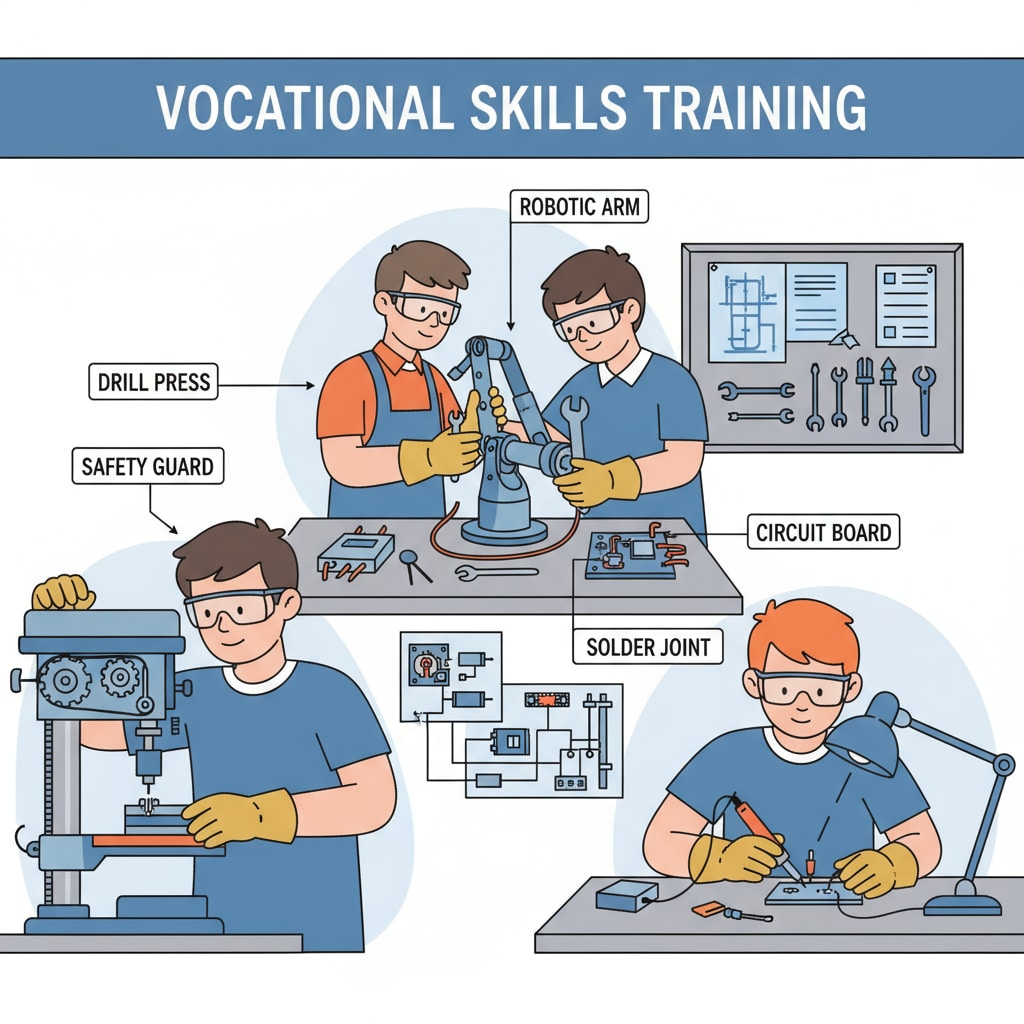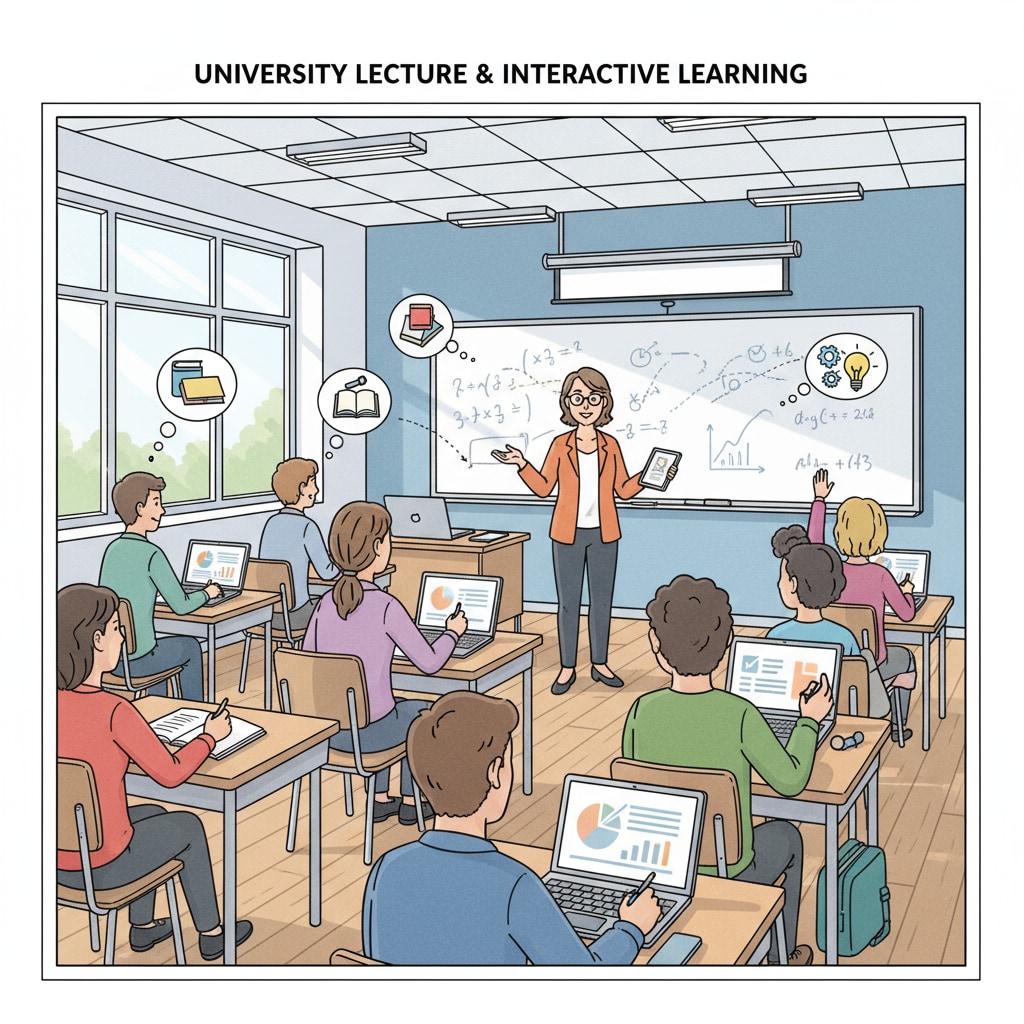When considering educational paths, the return on investment of higher education and vocational and technical education is a crucial factor. For years, the traditional view has been that a university degree is the golden ticket to success. However, a closer look reveals a more complex picture.

The Allure of Higher Education
Higher education has long been regarded as a symbol of prestige and a gateway to high-paying jobs. Parents and students often strive for a university degree, believing it will guarantee a prosperous future. According to Britannica, higher education institutions offer a broad range of academic programs. These programs aim to cultivate critical thinking, research skills, and a deep understanding of various disciplines. For example, students majoring in engineering at a university can expect to study advanced theories and conduct in-depth research projects. This theoretical knowledge is thought to prepare them for complex engineering roles in industries like aerospace or software development.

The Reality of Vocational and Technical Education
On the other hand, vocational and technical education focuses on practical skills and hands-on training. As defined by Wikipedia, vocational education equips students with the specific skills needed for a particular trade or occupation. For instance, a vocational program in plumbing trains students in pipe installation, repair, and maintenance. These skills are in high demand in the construction industry. Graduates of vocational programs often enter the workforce more quickly and can start earning an income earlier than their university counterparts.
Moreover, the cost of vocational and technical education is generally lower than that of higher education. Tuition fees for vocational courses are often more affordable, and the shorter duration of these programs means students can avoid taking on large amounts of student debt. This significantly impacts the return on investment, as students can start paying off any debts and building wealth sooner.
In conclusion, the choice between higher education and vocational and technical education should not be solely based on the traditional “university-first” mindset. Both options have their own unique advantages and potential for a good return on investment. Students and parents should carefully consider individual interests, career goals, and financial situations when making this important decision. It’s time to break free from the学历迷思 and explore the diverse educational paths available for a successful future.
Readability guidance: Short paragraphs and lists are used to summarize key points. Each H2 section provides a list where possible. The proportion of passive voice and long sentences is controlled, and transition words are scattered throughout the text for better flow.


